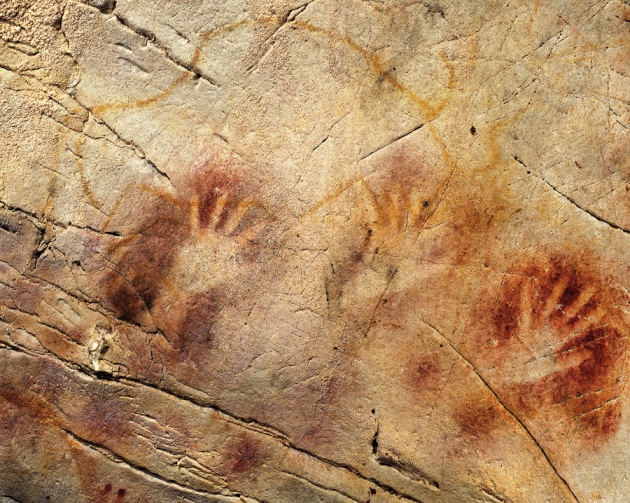
When I was a kid, calling someone a “Neanderthal” was an insult. It implied that you were a primitive, ugly, stupid non-human that should really just die out and be rediscovered and named in Germany in the 1850s. Thanks to scientific and anthropological advances in the past 20 years, though, such insults really aren’t all that accurate anymore.
For instance, did you know that, if you are among my typical readers (that is to say, people in North America, Europe, Australia, Asian and New Zealand), it is highly likely that you share up to 2.5% of your DNA with our low-browed cousins? Despite early studies that estimated such rare interbreeding between Homo sapiens and Homo neanderthalensis that no Neanderthal DNA would be present in modern humans, more sophisticated analyses recently have found that this is not the case. These two results, though, are not as contradictory as they may seem. To have the small fraction of the DNA in people of European and Asian descent that is shared with our extinct cousins would only have required an interbreeding to occur once every 30 years or so. Researchers even appear to have found physical evidence of a human-Neanderthal hybrid, although more analyses will need to be done. Even more interestingly, you may also share some genes with another long-lost hominid, the only recently discovered Denisovans, although this line of research is only in it’s infancy.
(At this point, I should take care to point out that not everyone agrees that these two populations interbred. Some have argued that the “Neanderthal DNA” could more likely be the results of our common ancestry.)

Moving from genotypes to behaviors, recent work by some linguistics researchers puts forth the hypothesis that, rather than the grunting monosyllabic portrayal of times past, Neanderthals may have instead had language capabilities not too dissimilar from their human counterparts. A recent paper argues that a host of evidence suggests that modern language capabilities arose close to half a million years ago, rather than in the past 100,000 years. This could help to make sense of the sophisticated hunting techniques, burials of intriguing similarity across multiple sites that could be indicative of religion, differing types of tools, and perhaps even 40,000 year old artworks.
(Just like with the DNA evidence above, though, there are numerous scientists who think that Neanderthals were not in any way as cognitively developed as Homo sapiens.)
The evidence appears to be mounting fiercely that Neanderthals, whether or not they were as “developed” as modern humans, were not the hulking ape-men as believed in the past 200 years. Instead, they appear to be a close cousin, not only genetically but also behaviorally.
